Georgia is a haven for anglers who love chasing after flathead catfish. These robust fish can be found in several of the state’s rivers and reservoirs, offering thrilling challenges for both beginners and experienced fishermen.
In this comprehensive guide, we’ll explore the best locations for flathead catfish fishing in Georgia, discuss what separates them from Georgia’s other catfish species, share expert tips and techniques, and help you gear up for your next big catch.
About Flathead Catfish
Flathead catfish (Pylodictis olivaris) are large, bottom-dwelling freshwater fish native to North America. They are found in a variety of aquatic habitats, including large rivers, lakes, reservoirs, and even smaller streams. Flathead catfish are characterized by their broad, flat heads, and are known for their distinctive brownish-yellow or olive-green coloration. As one of the largest freshwater catfish found in Georgia, flatheads can reach weights exceeding 120 pounds, though most caught by anglers are less than 50 pounds.
Habitat
Flathead catfish prefer slow-moving or moderately flowing waters with a muddy or sandy substrate. During the day, they can often be found in deep pools, undercut banks, and areas with significant cover, such as submerged logs, rocks, and other debris. These structures provide them with shelter and camouflage, which are essential for both hiding from predators and ambushing prey.
Flatheads are highly adaptable and can tolerate a wide range of environmental conditions. They can survive in waters with temperatures ranging from 46°F to 90°F (8°C to 32°C), although they prefer temperatures between 70°F and 85°F (21°C to 29°C). Flatheads can also thrive in water with low dissolved oxygen levels, allowing them to occupy habitats that may not be suitable for other fish species.
Behavior
Flathead catfish are primarily nocturnal, meaning they are most active during the night. During the day, they typically remain hidden in their preferred shelter areas in deeper waters, conserving energy and avoiding predators. As night falls, they move into shallower water to hunt for prey, which includes a variety of fish species, crayfish, and other aquatic organisms. Flathead catfish are opportunistic predators and have been known to eat almost anything they can fit in their mouths.
Flatheads are ambush predators, relying on their camouflage and patience to catch their prey. They will often lie motionless on the river or lake bottom, blending in with their surroundings, waiting for unsuspecting prey to swim by. Once a potential meal is within reach, the large fish will quickly strike, engulfing the prey with its large, powerful jaws.
Reproduction
Flatheads spawn once a year, typically between late spring and early summer when water temperatures reach around 70°F to 75°F (21°C to 24°C). During this time, the males will establish nesting sites in dark, secluded areas, such as undercut banks, hollow logs, or crevices in rocks. They will then attract a female by releasing pheromones into the water.
Once a female enters the nest, the pair will engage in a courtship ritual, which involves the male nudging the female and swimming around her. Afterward, the female will deposit her eggs in the nest, and the male will fertilize them. The female may lay between 1,000 and 100,000 eggs, depending on her size and age.
The male then takes on the role of guarding the nest and caring for the eggs, fanning them with his fins to ensure proper oxygenation and prevent silt from settling on them. The eggs usually hatch within four to ten days, depending on the water temperature. The male will continue to protect the fry (newly hatched fish) for several days to a few weeks until they are able to swim and fend for themselves.
Top Georgia Destinations
Georgia has several prime fishing spots for flathead catfish. Here are some of the most popular locations known for their abundance of this sought-after species:
Altamaha River
The Altamaha River is one of the best spots in Georgia to catch big flatheads. Up until recently, the two state record flatheads came from the Altamaha, both weighing over 83 pounds!
The river has an extensive network of channels, bends, and deep holes, making it an ideal habitat for these large predators. The lower section of the river, from Jesup to the river’s mouth, is particularly productive for catching pole-bending specimens.
Flint River
The Flint River, stretching from central Georgia to its confluence with the Chattahoochee River, offers excellent flathead fishing opportunities. The river’s slow-moving waters and abundant cover make it an ideal home for flatheads. The stretch between Albany and Bainbridge is known for producing some of the biggest flathead catfish in the state.
Clarks Hill Lake
Clarks Hill is Georgia’s largest reservoir at over 70,000 acres. It’s located 30 miles northeast of Augusta on the Savannah River. Flathead catfish are abundant in the lake, and several fish exceeding 40 pounds have been caught in recent years. In fact, just a week prior to writing this article, the new lake record flathead catfish was caught at Clarks Hill, weighing in at 70 pounds!
Lake Blackshear
Lake Blackshear, located on the Flint River, is another hotspot for flathead catfish in Georgia. The reservoir offers a variety of habitat types, including deep channels, submerged timber, and underwater humps, which attract flathead catfish. Focus on the northern end of the lake and the area around the dam for the best chances of landing a trophy flathead.
Tips and Techniques
Now that you know where to find flathead catfish in Georgia, let’s discuss the most effective strategies for catching them.
Live Bait
Flathead catfish are predominantly piscivorous, meaning they prefer to eat other fish. Using live bait, such as shad, bluegill, or sunfish, increases your chances of attracting a hungry flathead. Hook the baitfish through the lips or through the back just behind the dorsal, allowing it to swim naturally and entice the flathead catfish. Be sure to keep your bait lively, because a flathead will rarely take a bait that isn’t moving.
Time of Year
The best time to catch flathead catfish in Georgia generally falls between May through September, with the absolute best months being June and July. Flathead catfish are more active in warmer water temperatures, which makes the summer months ideal for targeting them.
Night Fishing
As mentioned earlier, flathead catfish are more active during the night. Plan your fishing trips to coincide with dusk or nighttime hours for the best chances of success. Use a sturdy headlamp or lantern to illuminate your fishing area, and consider fishing near lighted docks or structures, as they attract baitfish and, in turn, flathead catfish.
Bottom Fishing
Flathead catfish spend most of their time near the bottom of rivers and reservoirs. Use a sliding sinker rig or a three-way rig to keep your bait near the bottom. Cast your bait near cover, such as logs, rock piles, or deep holes, where flatheads are likely to be hiding.
Drift Fishing
Drift fishing is another effective technique for targeting flathead catfish in Georgia. Slowly drift your boat along the river or reservoir, allowing your bait to bounce along the bottom. This method helps cover more ground and increases your chances of encountering a flathead.
When river fishing for flatheads, try one of these effective catfish rigs.
Essential Fishing Gear
To ensure a successful and enjoyable flathead catfish fishing trip in Georgia, make sure you have the appropriate gear.
Rod and Reel
Choose a sturdy, medium-heavy to heavy-action rod between 7 and 9 feet in length. Pair it with a high-capacity baitcasting reel or spinning reel capable of holding at least 200 yards of 20 to 40-pound test line.
Line and Terminal Tackle
Use abrasion-resistant monofilament or braided line in the 20 to 40-pound test range. For terminal tackle, opt for 4/0 to 8/0 circle or octopus hooks, heavy-duty swivels, and sliding sinkers or three-way swivels.
Landing Gear
Invest in a large landing net or fish gripper to safely land and handle your catch. A quality pair of needle-nose pliers or hook remover is essential for removing hooks from the fish’s mouth.
Safety Equipment
Safety should always be a priority when fishing. Ensure you have a well-fitting personal flotation device (PFD), a first aid kit, and a communication device, such as a cell phone or VHF radio, in case of emergencies.
Georgia Fishing Regulations and Licenses
Before you embark on your flathead catfish fishing adventure in Georgia, familiarize yourself with the state’s fishing regulations and license requirements. A valid Georgia fishing license is necessary for anglers aged 16 and older. Licenses can be purchased online, by phone, or at various authorized agents throughout the state.
There are no specific regulations for flathead catfish in Georgia. However, it’s essential to follow general statewide fishing regulations, including catch and release practices, respecting private property, and adhering to boating safety guidelines.
Final Thoughts
Flathead catfish fishing in Georgia offers anglers a thrilling and rewarding experience. With its abundance of rivers and reservoirs teeming with these impressive fish, Georgia is a must-visit destination for catfish enthusiasts. Use the tips, techniques, and location suggestions provided in this guide to increase your chances of landing a trophy flathead catfish during your next Georgian fishing adventure.

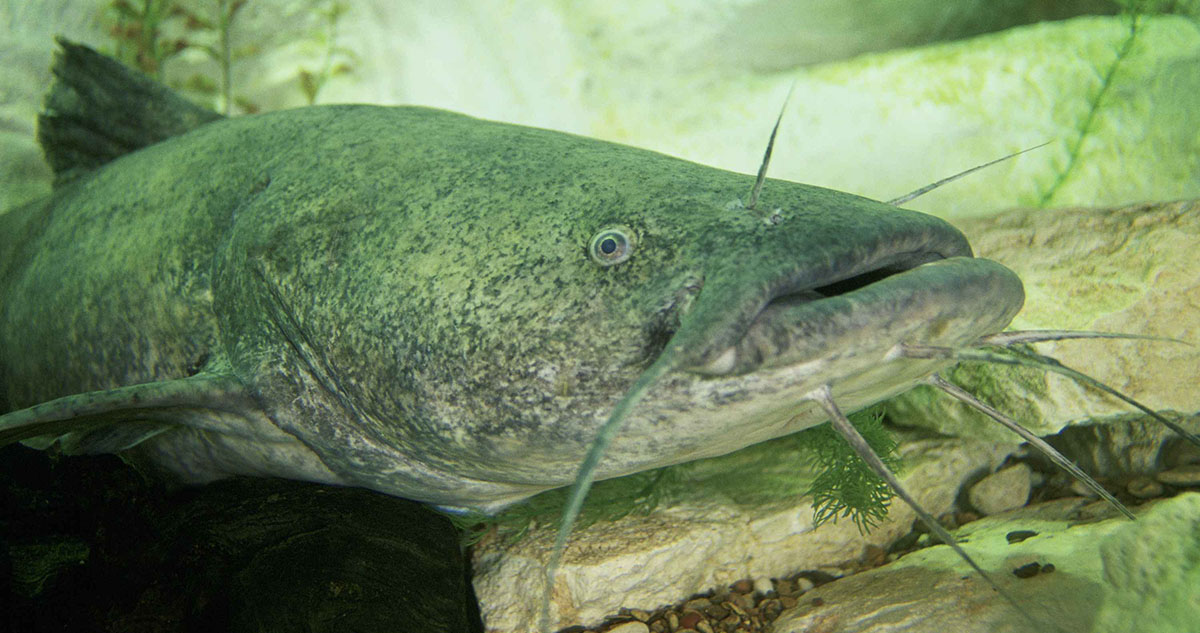

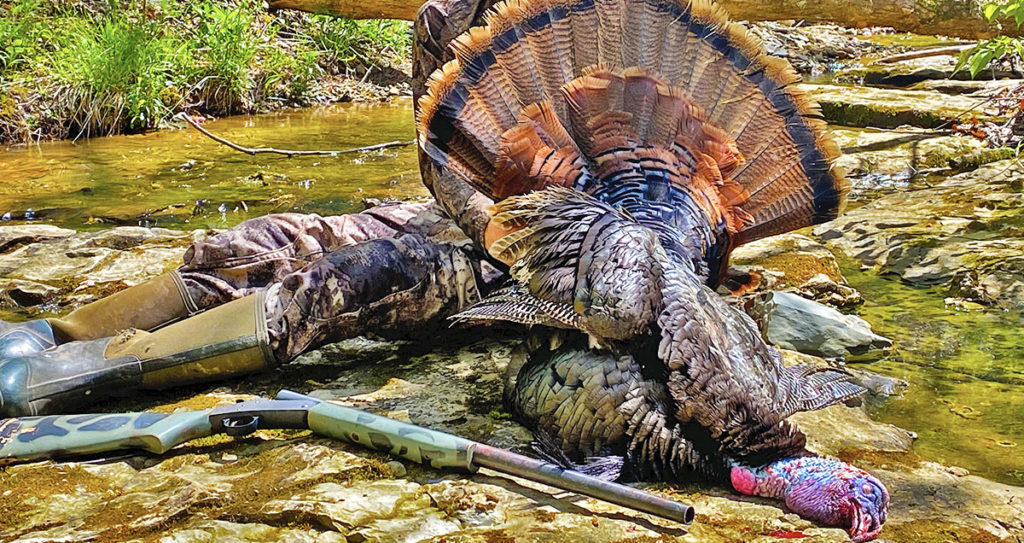
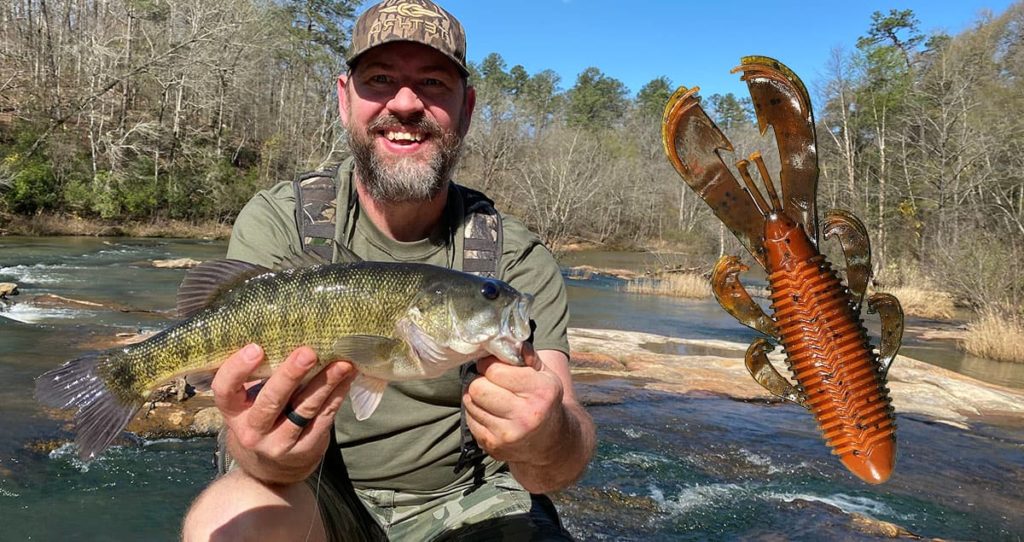
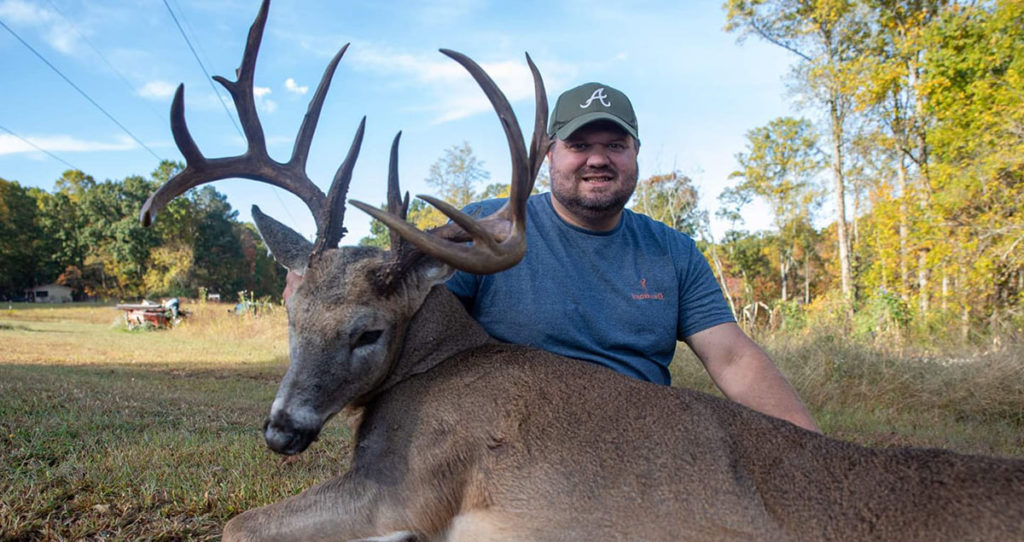
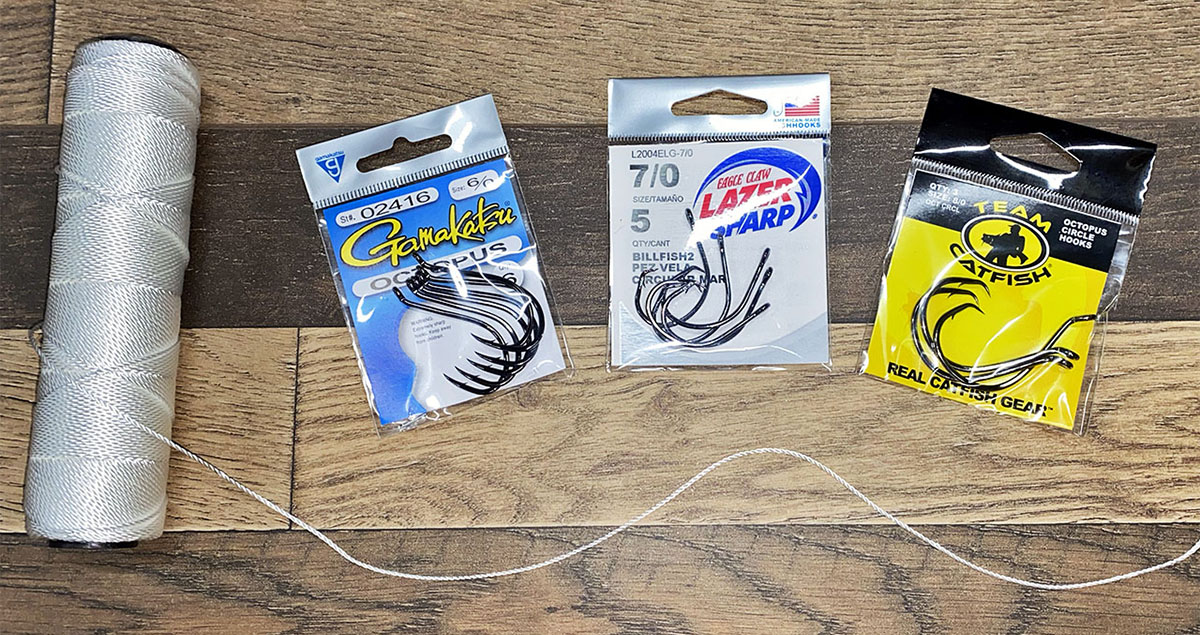

Are there any electric motor only lakes that have Flatheads in them??
I really can’t afford a boat with a motor but I have a canoe with trolling motor.
Help an old fisherman out!